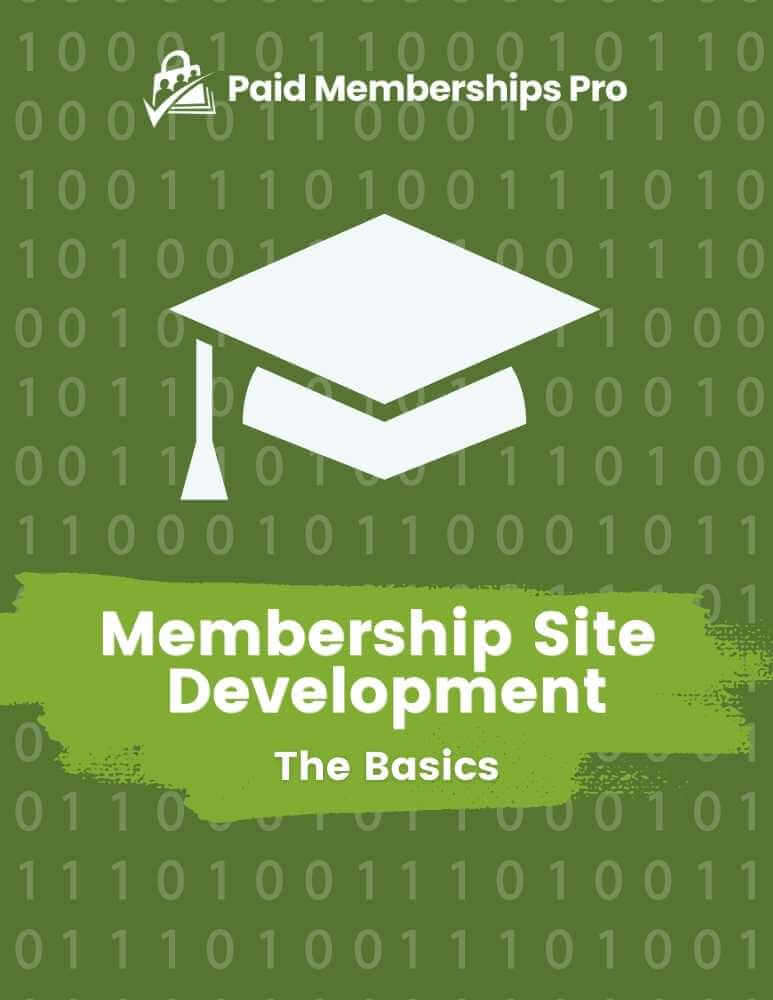The Group Accounts Add On for Paid Memberships Pro enables you to establish hierarchical relationships between membership levels. This is useful for scenarios like schools with districts, campuses, and teachers or corporate organizations with headquarters, managers, and employees.
This tutorial walks you through setting up and understanding the limitations of a three-tiered structure: grandparent, parent, and child accounts.

Setting Up the Hierarchy
To create the hierarchy, you’ll need three membership levels: Child, Parent, and Grandparent. Each level should be assigned to its own unique Level Group or the Level Group should be configured to allow multiple membership to be held.
How To Build the Hierarchy:
- Begin with creating the Child level as the base. This level does not sponsor any accounts. Leave the group settings blank.
- Next, create the Parent level and configure it to sponsor Child accounts, specifying the number of seats available.
- Finally, set up the Grandparent level to sponsor Parent accounts with a defined seat limit.
You can optionally customize pricing for each tier. For example, the Grandparent might pay $100 annually for five Parent accounts, while the Parent sponsors Child accounts for free. This structure assumes that the Grandparent pays for all accounts in the hierarchy. This is because group codes automatically zero out pricing for the sponsored levels.
Testing the Structure
For a step-by-step walkthrough, watch Sam’s test of this setup in the video below, where the functionality and limitations were explored in real time.
Video: Coding with Sam
A Grandparent account generates a group code, which a Parent account can use to check out. The Parent account then generates its own group code for the Child accounts. The test confirmed that the hierarchy functions as expected, and while you can create additional tiers, practical use cases typically limit the structure to three levels.
Limitations to Consider
The primary limitation of this setup is that the Grandparent does not directly manage or see the Child accounts. Each tier operates independently, with permissions and group codes confined to the immediate level below. For example, while the Grandparent sponsors the Parent level, the Grandparent has no visibility or control over the Child accounts created by the Parent.
Another restriction is the payment structure. The Grandparent is responsible for all costs in this model because group codes zero out pricing for sponsored levels. If you need a system where costs trickle down—such as the Parent paying for Child accounts—you’ll need to create additional membership levels or modify the use of group codes.
Practical Use Cases
This hierarchical structure is ideal for:
- Educational Institutions: Counties sponsor schools, which manage teacher accounts.
- Corporate Accounts: Headquarters sponsor managers, who oversee employees.
- Associations: Parent organizations sponsor chapters, which manage individual members.
These examples demonstrate how Group Accounts can support tiered memberships while maintaining simplicity in management.
Improving the Experience
To address limitations, consider customizing the confirmation page to include group code details for free checkouts. Adding clear descriptions to membership levels can also help users understand the benefits and functionality of the hierarchy. For testing, use tools like the User Switching plugin to streamline the process of simulating different user roles.
While the Grandparent/Parent/Child relationship is not perfect for all scenarios, it provides a flexible framework for managing hierarchical memberships. Experiment with pricing and configurations to fit your needs, and share your feedback with the Paid Memberships Pro community.


